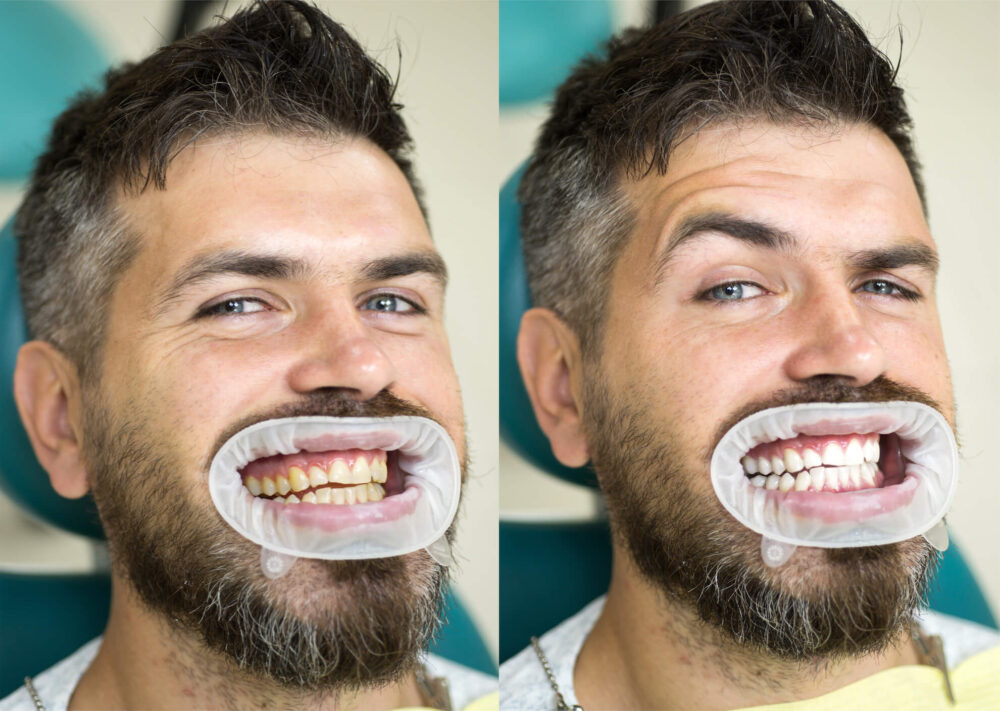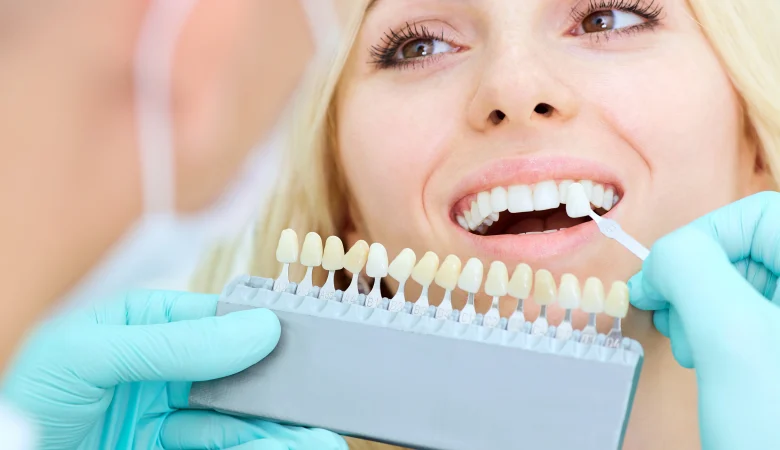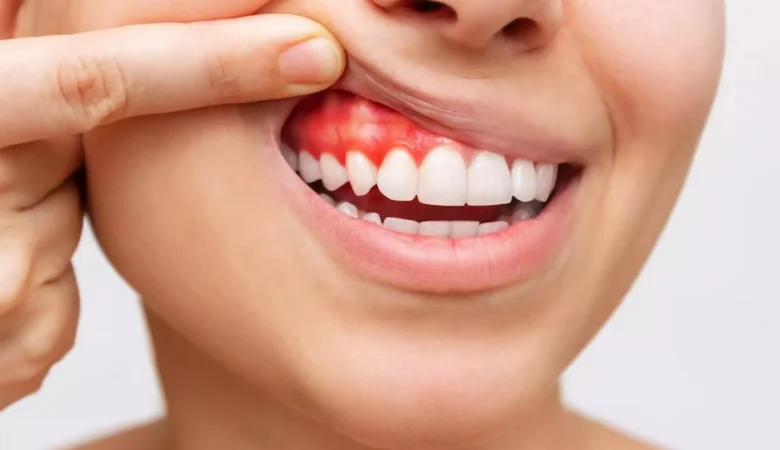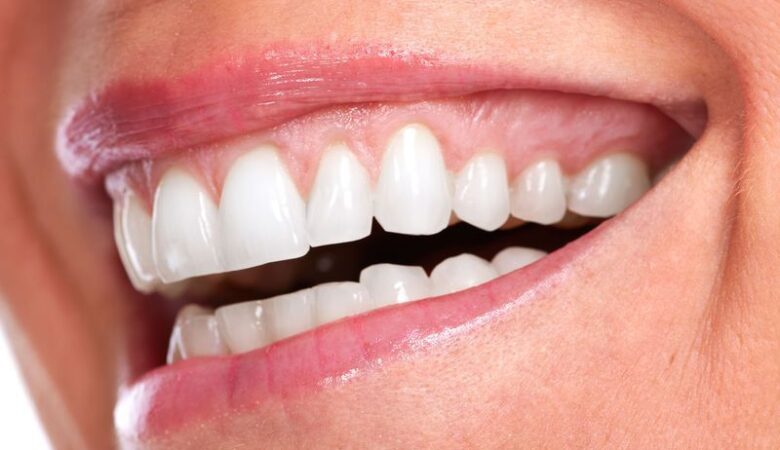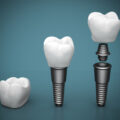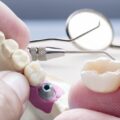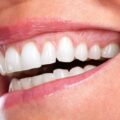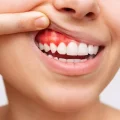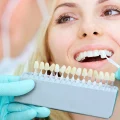Who doesn’t want that: an unconditionally beautiful, radiant smile? Tooth color is perceived as the most important factor. It can be influenced easily, quickly and gently – thanks to bleaching your teeth. This method is no longer reserved for film stars and models; it is suitable for almost all people who want to whiten their teeth with natural-looking whitening.
But can teeth be whitened as easily as a gray bed sheet? Strictly speaking, the principle behind it is actually the same. You can read here how bleaching works, what types of treatment are available and what results you can expect.
Bleaching teeth through bleaching: Different methods – a single active ingredient
The heart of every whitening procedure is carbamide peroxide – a chemical substance that consists of carbamide, a colorless carrier gel, and hydrogen peroxide (H2O2). You are probably familiar with hydrogen peroxide from the hair care sector, where it is used to bleach hair. It is also used to disinfect wounds. And many a housewife has even used it in diluted form to bleach laundry.
In aesthetic dentistry, H2O2 is used to whiten teeth. When teeth are bleached, the carbamide slowly releases hydrogen peroxide. This reaction accelerates more the warmer the gel is. If used at body temperature, the carbamide peroxide releases small amounts of H2O2 over several hours. However, if it is additionally heated, this process occurs much faster.
Whitening teeth by discoloring them: This is how bleaching works
Coloring substances from food and beverages, especially coffee, tea, red wine and tobacco, cause teeth to darken over the years. The dyes not only stick to the surface of the teeth, but the pigments also work their way into the white tooth enamel that surrounds the tooth dentin. They are deposited there and cause the teeth to become dark. If the carbamide peroxide gel is applied when bleaching teeth, the H2O2 can penetrate the tooth enamel and split off oxygen radicals, which make the dye molecules in the tooth colorless. The dyes in the tooth are chemically changed so that they no longer appear colored.
In other words: The hydrogen peroxide cannot remove the color pigments, but it bleaches them. When bleaching teeth, the gel is usually only applied to the incisors and front molars, i.e. in the visible area. In the majority of cases these are five on each side, in the upper and lower jaw.
Teeth bleaching – Teeth cleaning as professional preparation for bleaching
Clean teeth are a basic requirement for successful treatment. Plaque and dirt as well as tartar must be completely removed before teeth whitening, as they would block the bleaching effect. That’s why professional teeth cleaning is usually carried out before teeth bleaching. To prevent new tartar from forming before bleaching, teeth cleaning should take place a maximum of one week before teeth bleaching.
Your teeth cleaning, dental hygiene and prophylaxis: in the hands of professionals!
In addition, the dentist will carefully check the tooth situation before bleaching your teeth, because untreated tooth decay or leaky crown edges are an entry portal for the hydrogen peroxide, which can then irritate the nerve in the tooth. Such weak points must be treated before bleaching therapy.

